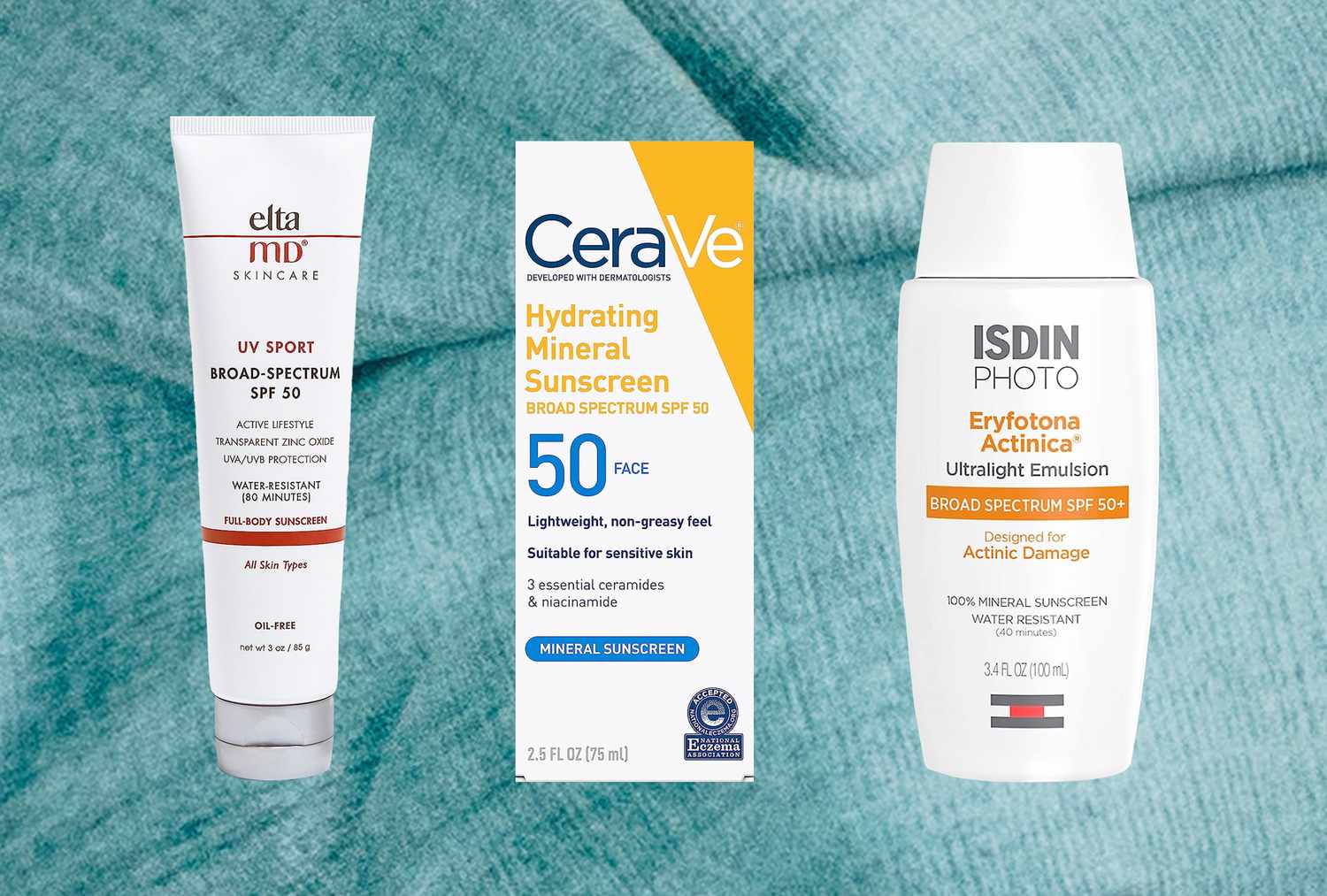Every field presents us with a plethora of specialized terms that can be overwhelming. This is especially true in the realm of fashion and beauty, where the internet has accelerated the pace of trend development. There are countless aesthetics and styles that make it difficult for you to make your choice. Sometimes we have to constantly update ourselves with new information if we don’t want to become ‘outdated.’

Summary of Content A: Antioxidants B: Benzoyl peroxide C: Ceramides D: Double cleanse E: Essence F: Fruit enzymes G: Glycolic Acid H: Hyaluronic Acid I: Ingrown hair J: Jojoba Oil K: Kojic Acid L: Lactic Acid M: Micellar water N: Niacinamide O: Oxybenzone P: Panthenol Q: Q-switched lasers R: Retinol S: Salicylic Acid T: Tranexamic Acid U: Undertone V: Vitamin C W: Water Z: Zinc oxide
Therefore, Style-Republik has compiled a list of the most common beauty terms! If you can’t distinguish between retinol and niacinamide or don’t know the benefits of hyaluronic acid when incorporated into your daily skincare routine, this article will be your guide.
A: Antioxidants Antioxidants are natural chemicals that help keep your skin healthy and protect it from free radicals and other environmental factors such as UV rays and pollution.
Antioxidants are one of the most popular beauty trends today. They act as a ‘strong shield’ to protect the skin from numerous issues such as dehydration, inflammation, and visible signs of aging. Some types of antioxidants include Vitamin C, Retinol, and Vitamin E.
B: Benzoyl peroxide This is a white crystalline compound with a chemical structure of C14H10O4 used in whitening and medical treatments, especially for acne. Benzoyl peroxide works by killing acne-causing bacteria in your pores.
The main mission of Benzoyl peroxide is to exfoliate the pores and remove sebum or dead skin cells. It also helps reduce inflammation and is effective for mild to moderate acne and even whiteheads.
This compound is the savior for those struggling with acne, but it can cause side effects if your skin is sensitive. Therefore, you can substitute it with Salicylic Acid or Retinol.
C: Ceramides Think of ceramides as the ‘building blocks’ of your skin. They are one of three types of fatty acids that make up the outer layer of the skin and appear in beauty products such as toners, serums, moisturizers, etc. They act as a ‘fence’ to protect the skin, retain moisture, fight aging, and shrink pores.
Ceramides make up 30-40% of the outer layer of the skin or the epidermis. You can enhance the effectiveness of this fatty acid by combining it with Glycerin and Cholesterol, or Retinol, Niacinamide, Linoleic Acid, and Peptides.
D: Double cleanse The Japanese skincare ritual ‘double cleanse’ has been around for a long time but later became a favorite skincare method of K-beauty. The ‘double cleansing’ process starts with oil-based cleansing first, followed by using a water-based facial cleanser to dissolve dirt.
However, if not done correctly and carefully, your skin may experience issues such as hidden acne, inflamed acne, darkened skin, etc. And not every case should apply the double cleansing method because it can lead to dry and irritated skin.
E: Essence In the world of beauty terminology, Essence can be understood as highly concentrated formulas with a texture similar to emulsion or serum. They are used immediately after cleansing to enhance hydration and help the skin absorb subsequent products better.
Essence – a skin-nourishing essence – helps the skin to some extent prevent dryness, darkening, and freckles. They maintain moisture, create a protective film layer, prevent aging, and whiten the skin. However, many people still confuse Essence with Serum. But Essence is thinner than Serum, and Serum has much more nutritional ingredients than Essence.
F: Fruit enzymes Enzymes in skincare products mainly originate from fruits such as papaya, pineapple, and pumpkin. These enzymes work by breaking down keratin – a type of protein found in the outermost layer of the skin – which is the horn substance that helps hold dead skin cells together.
Fruit enzymes help remove dead skin cells, leaving the skin smoother and softer. Additionally, fruit enzymes help reduce scars and pigmentation.
G: Glycolic Acid The ‘sibling’ of Lactic Acid and Malic Acid, Glycolic Acid is known as an alpha hydroxy acid. Derived from sugar cane, they can easily penetrate deep into multiple layers of ‘stubborn’ skin. They are often a familiar name in exfoliating products for the skin, cleansing agents, body washes, creams, and peels to improve skin texture.
H: Hyaluronic Acid Hyaluronic Acid is one of the most abundant water-binding molecules found in our skin. Hyaluronic acid attracts a large amount of water molecules and ‘binds’ the molecules together in the skin.
They provide water to the skin and keep the skin soft and plump. This is one of the gentlest active ingredients and suitable for all skin types.
I: Ingrown hair Ingrown hair is a condition where hair that has been removed starts growing back and curls into the skin instead of growing out. This can happen when you shave, pluck, or wax incorrectly. The result of ingrown hair is a small swollen spot on the skin, sometimes causing pain.
To avoid this, you should soften the skin by using shaving cream or gel just before shaving. You can also use a warm and moist cloth before shaving.
J: Jojoba Oil Jojoba oil has a structure similar to the natural oils of the skin and absorbs into the skin to provide moisture without clogging pores. This type of oil helps moisturize the skin, limit excess sebum production, provide antioxidant protection, anti-inflammatory properties, and also has antibacterial properties.
K: Kojic Acid Kojic Acid is a strong antioxidant compound with the chemical formula HOCH₂C₅H₂O₂OH and is a skin-lightening ingredient due to the fermentation process of fungi. Dermatologists love this natural ingredient because it can brighten your skin and help reduce pigmentation.
L: Lactic Acid The skincare term ‘Lactic Acid’ is an alpha hydroxy acid made from fermented milk. They are often used to exfoliate dead skin cells for sensitive skin, especially those with rosacea.
M: Micellar water This is a great product to remove makeup, excess oil, and other impurities without needing to use strong chemicals. They are made up of small oil droplets suspended in micellar water.
In your daily routine, you just need to use them and wipe off with a cotton pad without complicated washing steps. Micellar water is an excellent choice to quickly clean your skin.
N: Niacinamide ‘Niacinamide’ is a common skincare term that you have probably heard recently. It is an antioxidant derived from Vitamin B3. This compound helps increase elasticity and reduce redness and discomfort, as well as soothe inflamed skin. They are one of the mildest skincare ingredients.
O: Oxybenzone Oxybenzone is one of the main ingredients in chemical sunscreens. They are primarily responsible for preventing harmful UV rays and preventing those rays from reaching and penetrating the skin. However, they are controversial in the scientific and medical community.
P: Panthenol Panthenol is a ‘cousin’ of Vitamin B5 that helps moisturize the skin and hair. Panthenol helps retain water and moisture and acts as a softener. They are not soluble in oil but can be dissolved in water and alcohol. Additionally, you can use this compound to treat acne, inflammation, and regenerate the skin like a ‘home garden tree.’
Q: Q-switched lasers Q-switched lasers like Ruby and Alexandrite provide rapid, high-intensity energy pulses that heat and burn pigment on the skin. This is why Q-switched lasers are most effective in removing brown spots and tattoos.
R: Retinol ‘Retinol,’ one of the most popular skincare terms at the moment. They are a derivative of Vitamin A used in anti-aging products and cell turnover to stimulate collagen production in the skin.
S: Salicylic Acid Salicylic acid is a beta hydroxy acid (BHA) that helps remove excess oil and dead skin cells present on the skin’s surface. Usually at concentrations of 0.5% to 2% in facial cleansers, serums, and moisturizers, salicylic acid is an essential ingredient in the beauty arsenal of oily or acne-prone skin.
T: Tranexamic Acid Tranexamic Acid is a synthetic derivative of the amino acid lysine that helps even out skin tone by preventing UV-induced pigmentation.
U: Undertone While many of us are familiar with our skin tone, the undertone of our skin is a whole different story. Skin tone comes in many shades from very dark to very light, but undertone refers to the underlying hue within that color: warm, cool, and neutral. Recently, Undertone has been considered one of the factors used to determine Personal Color.
V: Vitamin C Vitamin C is an antioxidant that increases collagen synthesis and inhibits pigment production. Like many other antioxidants, it is a volatile molecule, easily degraded by light and air pollution, which is why Vitamin C bottles are always dark.
W: Water Water is often deionized, distilled, or purified and used as a delivery system to transport other ingredients into the skin. This is the first ingredient you will read on the ingredient list and is one of the most important terms in the beauty terminology.
Z: Zinc oxide Zinc oxide is a type of sunscreen that protects against UVA and UVB rays. Also known as physical sunscreens, they form a thin layer on the skin and reflect UV rays to help prevent sunburn. This compound is often considered a safer alternative to chemical sunscreens.


Related post
5 Tips to Style Hoodies on Cold Winter Days
As winter settles in, many of us find ourselves reaching for cozy essentials that provide warmth and comfort. One such wardrobe staple is the hoodie.
The Truth Behind the Rumor ‘Santa Claus Is Ugly’ That Surprises Many
As the holiday season approaches, the character of Santa Claus emerges in various forms, his iconic red suit and white beard eliciting warmth and joy
Guide to Creating a Heavy Metal Sound in the Style of Tony Iommi
Heavy metal is a genre rich with history and technical prowess, and few guitarists have influenced its sound as profoundly as Tony Iommi, the legendary
Breaking Down the Key Tactical Edgeas in the Oakland Raiders Lineup
Breaking Down the Key Tactical Edges in the Oakland Raiders’ Lineup reveals not just a football team but a storied franchise with an indomitable spirit.
The Most Heartwarming Moments of Spider Man On Screen
The world of Spider-Man is not just filled with thrilling battles and breathtaking stunts; it’s a tapestry woven with moments of profound empathy, love, and